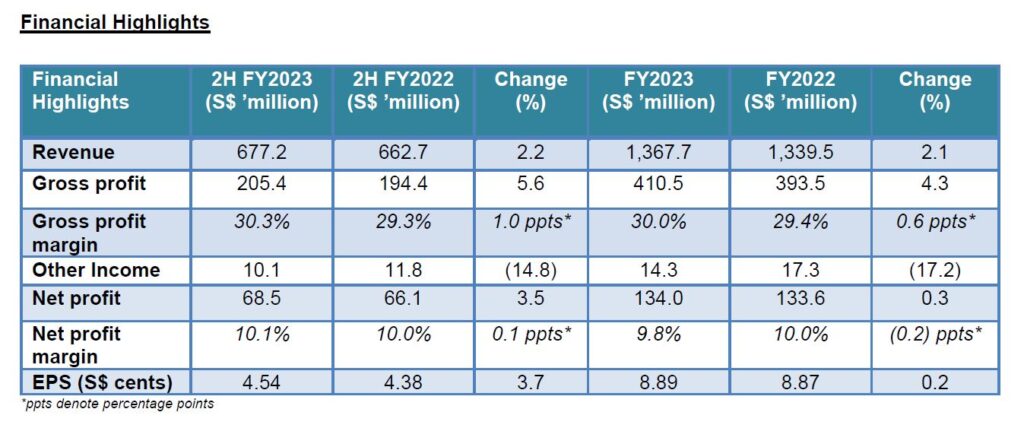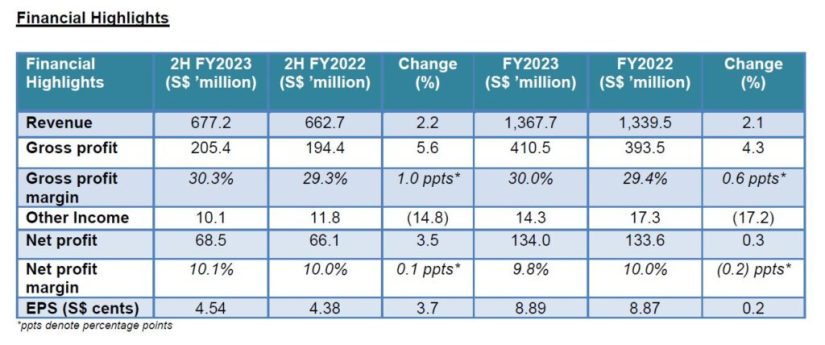
In 2016, I decided to pause my career, loaded my family into a compact RV, and we ventured all the way to Costa Rica. This transformative sabbatical motivated me to rethink my professional trajectory.
Upon our return in 2017, I made a significant decision: I officially quit my position as a private banker at National Bank and fully committed to developing Dividend Stocks Rock (DSR), my passion project. I also took charge of managing my locked-in pension account, utilizing it as a real-time, transparent case study to showcase dividend growth investing in practice. Since the account can only expand through capital appreciation and dividends, no additional funds can be added — what you observe is what it yields.
Getting Started
In August 2017, I acquired $108,760.02 in a locked-in retirement portfolio. Since then, I’ve recorded every twist and turn of its journey, aiming to educate through genuine experience — the successes, the setbacks, and everything in between.
As of April 2, 2025, here’s the current status:
– Initial capital (Sept 2017): $108,760.02
– Current value: $287,538.61
– Dividends (TTM): $5,148.90
– Average Yield: 1.79%
– 2024 Return: +26.00%
– Benchmark Comparison: VFV.TO (S&P 500 ETF) +35.24%, XIU.TO (TSX 60 ETF) +20.72%
– Dividend Growth YOY: +12.22%
– Total Return Since Inception: +164.38%
– Annualized Return: 14.75%
For reference:
– VFV.TO (S&P 500 ETF) has delivered a 15.49% annualized return since September 2017.
– XIU.TO (TSX 60 ETF) trails slightly at 10.72%.
Market Fears & Tariffs: Playing the Waiting Game
One persistent theme recently has been the unpredictability surrounding tariffs, especially those affecting the U.S. and China. We witnessed this uncertainty rattle the markets last week when the U.S. market fell by 10% in just a span of two days.
I recall teasing a DSR member named Don during a private webinar when he indicated he was delaying investment until after an important announcement on April 2. I chuckled and suggested, “Why not 2:30 p.m. on the 2nd? Or April 14?” Yet, he nailed the timing this time.
The pressing question arises — how do you determine when to re-enter?
Attempting to time the market is guesswork, at best. That’s why I prefer to remain fully invested. Emotional decisions rarely yield successful investing outcomes. Volatility, like the recent fluctuations, is a constant presence in the market.
Tariff-Proofing & Staying the Course
In February, I presented a strategy to DSR members for constructing a tariff-proof portfolio. Its foundation is built on three guiding principles:
1. Manage volatility by grasping your risk tolerance.
2. Diversify wisely.
3. Focus on financial fundamentals (prioritize metrics over narratives).
Tariffs, elections, corrections — the market continually reacts to various factors. However, resilient companies adapt, and as investors, we must do the same.
I recently did a deep dive into my portfolio and, after completing my annual review, I feel assured about my current holdings. My guidelines are straightforward:
– Review sector diversification
– Evaluate weaker assets
– Trim over-concentrations
– Optimize based on DSR PRO recommendations
Unless there’s a compelling reason, I maintain the status quo — simply sipping my wine and enjoying a good book while the storm rages outside.
Another Twist: Market Jumps… Again
Shortly after finalizing my notes, Trump declared a 90-day extension for tariff negotiations — and the market rebounded sharply. More evidence that attempting to predict short-term fluctuations is pointless.
Smith Manoeuvre: Portfolio Update
I’ve also been constructing a separate “Smith Manoeuvre” portfolio — a leveraged investment strategy where I borrow against my home equity to invest in dividend growth stocks. Each month, I direct $750 from my HELOC into this portfolio.
This approach carries higher risk and is certainly not suitable for everyone. However, if executed judiciously and with a long-term perspective (30+ years in my case), the compounding potential can be tremendous.
I lean towards companies that exhibit strong dividend-growth potential rather than high yields. Consequently, I’ve reduced some higher-yield holdings and increased my five-year average dividend growth from 8% to 11%.
Recent Actions:
– SOLD: Capital Power (CPX.TO) and TD Bank (TD.TO)
– BOUGHT: Canadian Natural Resources
